Dungeons & Dragons has been around for quite a few decades, with each edition bringing its own changes and flavors to the creatures that you can find. Beholders, liches and even dragons have had their lore and powers changed, but few creatures have changed more over the years than the titans.

Related
Dungeons & Dragons: What Are Death Saving Throws?
Ever come close to death in Dungeons & Dragons? Here’s what you do when your time comes.
Their name alone suggests a creature of immense size and power, but the literal meaning of the word in D&D is anything but consistent. Titans can be elementals, celestial beings or even a kind of creature denomination, but no matter what version you are looking for, we got you covered here.
The Greek Titans
The multiverse of Dungeons & Dragons used to be filled with deities from real-world myths, but the 2024 Dungeon Master’s Guide changed this to be more open-ended. This allows you to add your own pantheon to most of the Upper Planes, but back in the day, Arborea was where the Olympians dwelled.
If you want to include real-world myths in your campaign, Arborea is ideal for Greek myths, while Ysgard and Arcadia can fit Norse and Egyptian myths, respectively.
With gods like Zeus and Poseidon come the titans, the mighty beings that predated the gods and entered a war with them. In the D&D version of the myth, most of the titans were imprisoned in Carceri, a Lower Plane meant to hold the wildest of evils.
While this version of D&D titans is the least used, it is the source of the more common titan themes: size and divinity. A titan is often mighty, not only in its gargantuan size, but in the role it holds in the greater cosmology of the multiverse.
The Titans Of The Ordning
The ordning in Dungeons & Dragons typically refers to the hierarchy enforced among the different types of giants. Giants in this context are creatures that have ‘giant’ as their creature type (and often also in their name), like storm and fire giants.
Nowadays, the structure of the ordning is as follows, in descending order:
- Storm Giants
- Cloud Giants
- Fire Giants
- Frost Giants
- Stone Giants
- Hill Giants
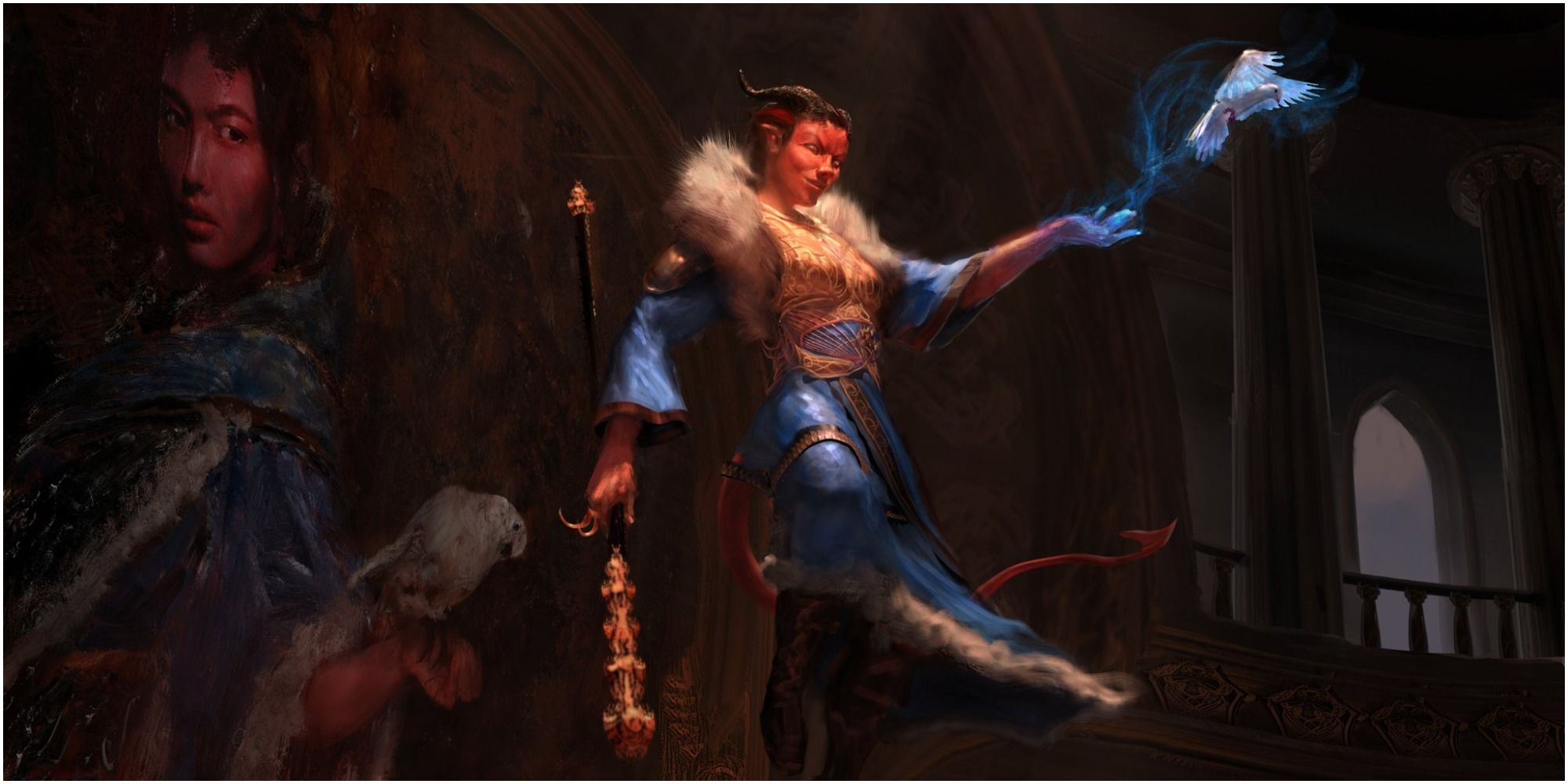
Related
Dungeons & Dragons: Preparing Spells, Explained
Here’s everything you need to know about preparing spells in D&D.
When titans were considered the ultimate type of giant, they were at the top of the list. However, the depiction of titans often differed from the elemental attunement of most other giants, hence why in current versions of the ordning they are completely omitted.
Fourth Edition Titans
The fourth edition of Dungeons & Dragons had titans as the ultimate version of each giant type, instead of having them be a separate entity. As such, each giant had a titan variant, like the fire titan or the storm titan, which would have similar powers to their giant version but with a much higher challenge rating.
The creature type of these titans was still giant.
The lore of these titans was a reference to the Greek roots of the concept, particularly with the primordials. Each element had its own primordial, who in turn was the apex version of each elemental titan; the ordning wasn’t a thing in the fourth edition.
Empyreans, The Divine Titans
Sometimes related to their ordning version, these titans are more akin to demigods than mortal creatures, often being the offspring or the direct creation of a deity. Their creature type tends to reflect the god they are related to, making them celestials if tied to the Upper Planes or fiends if tied to the Lower Planes.
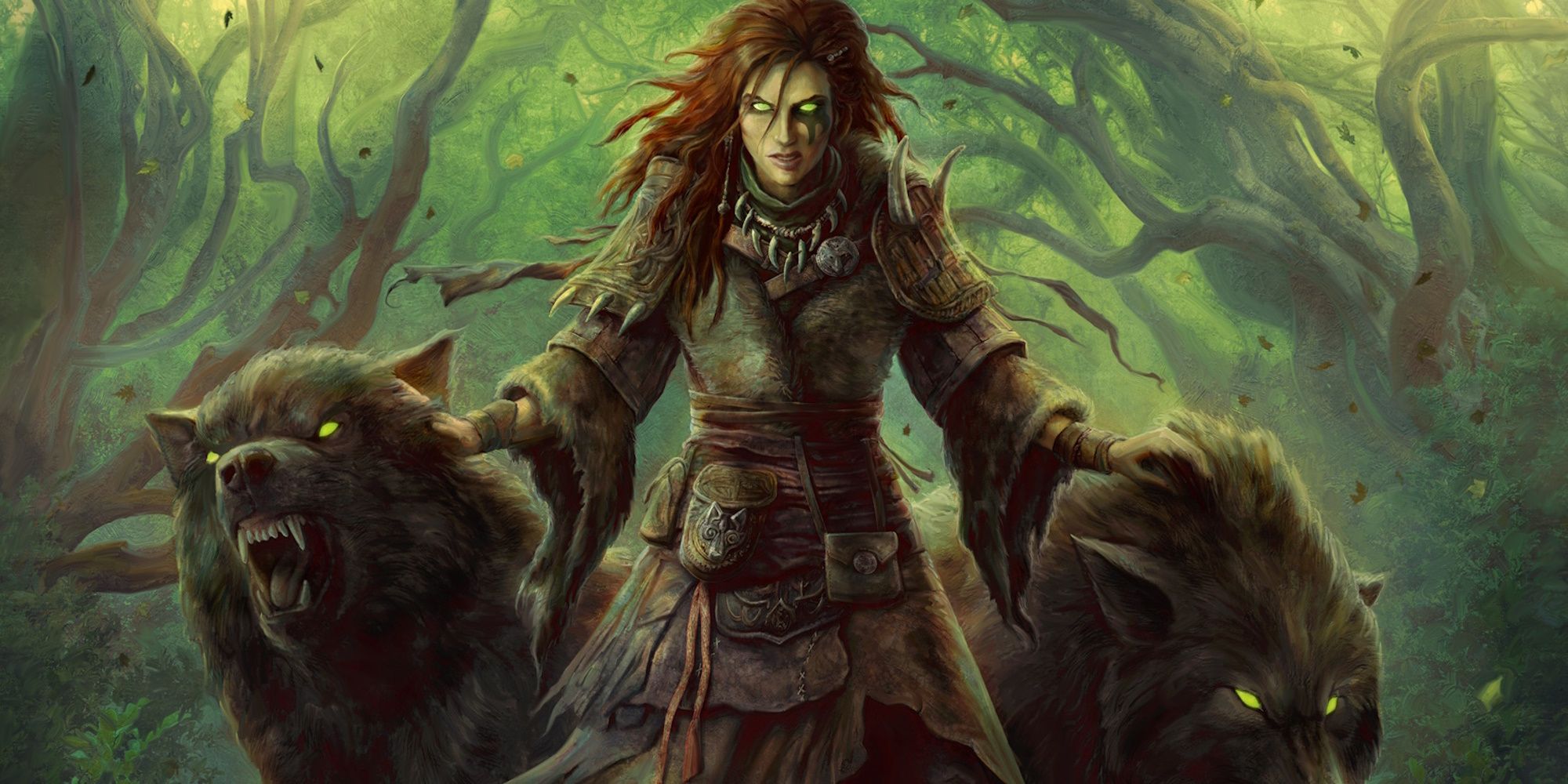
Related
Dungeons & Dragons: Wild Shape, Explained
Here’s everything you need to know about Druid’s Wild Shape and Circle Of The Moon Druids in D&D, including the 2024 changes.
These types of titans still exist in the fifth edition of Dungeons & Dragons, and can even be found in the 2025 Monster Manual under the name empyrean. Lore-wise, they work pretty much the same, but they needed the name change since the term titan now signifies something completely different in these books: a subtype.
The Titan Subtype
Many creatures have a type and a ‘subtype’ of sorts, clarifying where they fit within their group. For example, a balor has the fiend creature type, but its subtype is demon, signifying that it is native to the Abyss rather than the Nine Hells or any other Lower Plane.
In current books like the 2025 Monster Manual, titan is one such subtype, but it isn’t exclusive to one creature type. The following are all the titans found in the Monster Manual and their creature types, so you can see the variety at play:
|
Titan |
Creature Type |
|---|---|
|
Blob of Annihilation |
Ooze |
|
Colossus |
Construct |
|
Elemental Cataclysm |
Elemental |
|
Empyreans |
Celestial/Fiend |
|
Kraken |
Monstrosity |
|
Tarrasque |
Monstrosity |
No further explanation is given as to why these creatures are classified as titans, but they do make up the largest challenge rating group alongside a few ancient dragons. As such, we can only assume that a titan is a creature of unparalleled might that serves as a culmination of a high-level adventure or campaign.
The Scroll Of Titan Summoning
The Scroll of Titan Summoning is a magic item found in the 2024 Dungeon Master’s Guide, which allows the user to summon one of the listed titans. While the item is of legendary rarity, it doesn’t let the caster control the titan, so it is best used to destroy an enemy city rather than trying to protect your own.
The Scroll seems somewhat relevant to understand what a titan is, or at least what the subtype can be used for. It can summon all the titans listed in the 2025 Monster Manual, and you could even modify it to include other creatures with the titan subtype, like the astral dreadnought from Monsters of the Multiverse.
The empyrean listed in D&D Beyond is the celestial variant, but the Scroll can summon the fiendish variant as well.
However, one inclusion on the list makes this item more confusing than clarifying: the animal lord. While mighty, an animal lord pales in comparison to the other titans, and is not even classified as a titan in the 2025 Monster Manual that players are meant to use as a source.
All in all, the scroll is best ignored when trying to understand the nature of titans. As a subtype, they signify power beyond belief, so the Scroll of Titan Summoning should be used as either an item used by a villain, or as a last resort to stop a different titan from wreaking havoc.

Next
Dungeons & Dragons: The Schools Of Magic, Explained
Here’s everything you need to know about The Schools of Magic in Dungeons & Dragons.


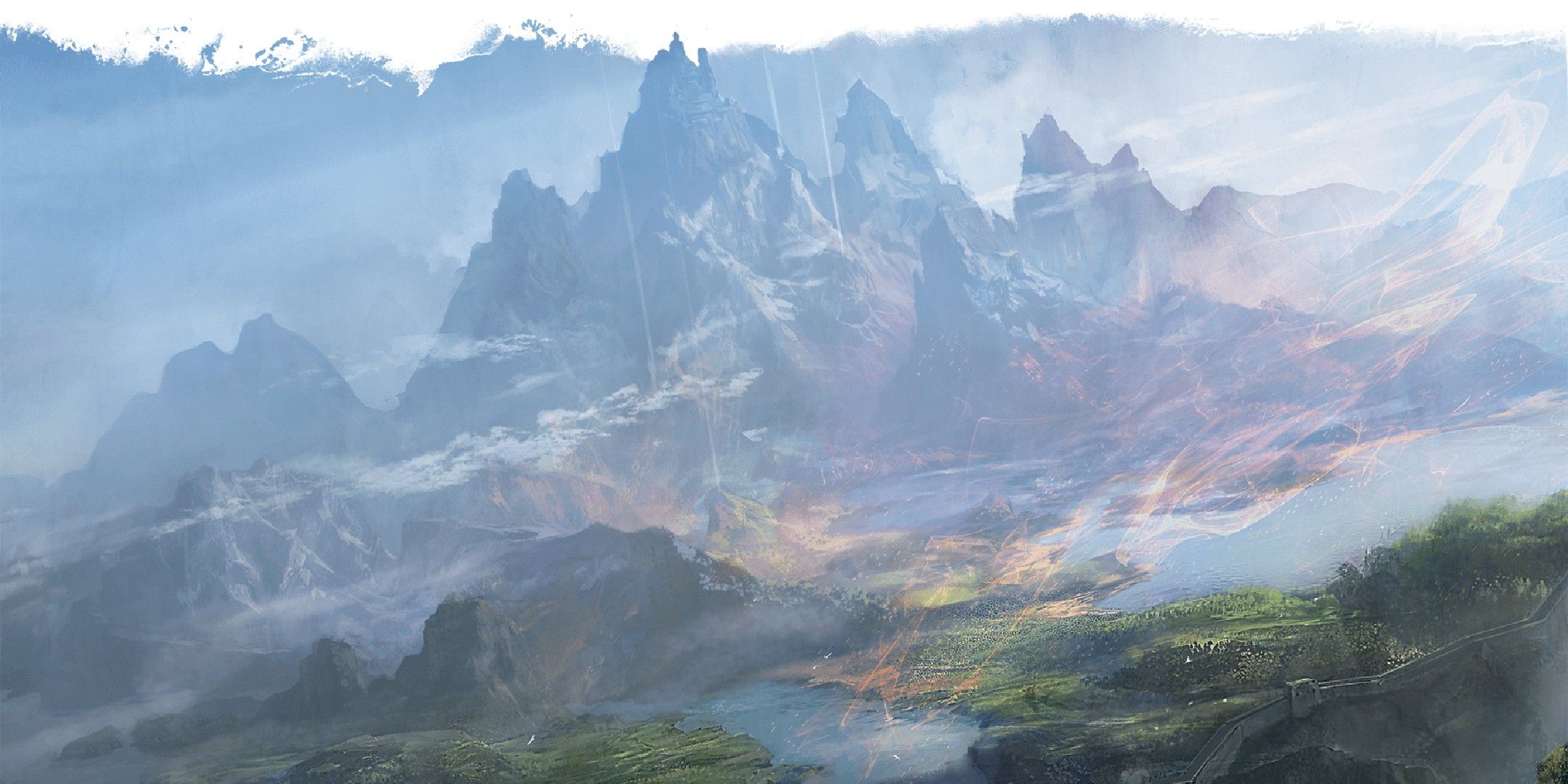


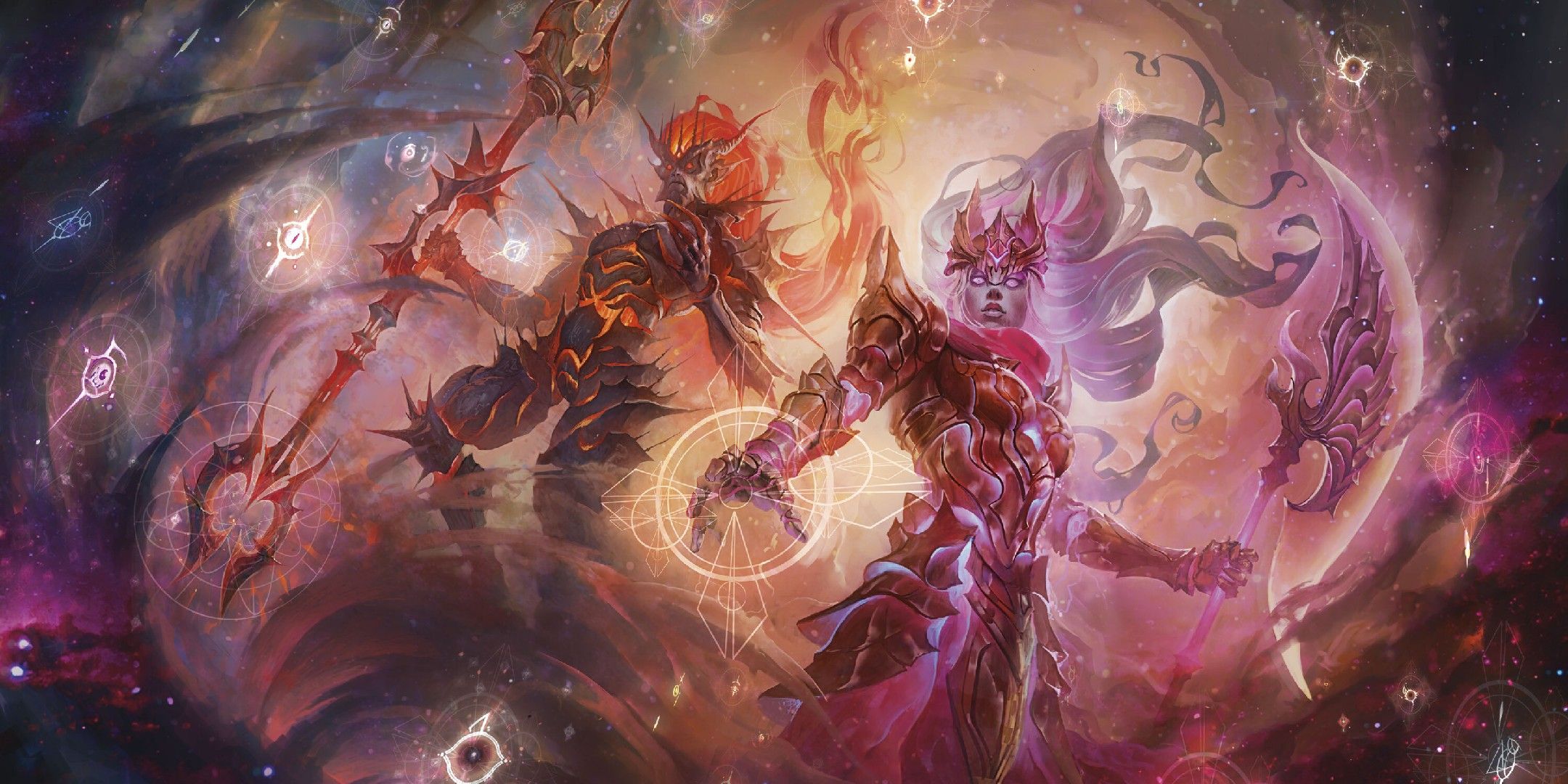
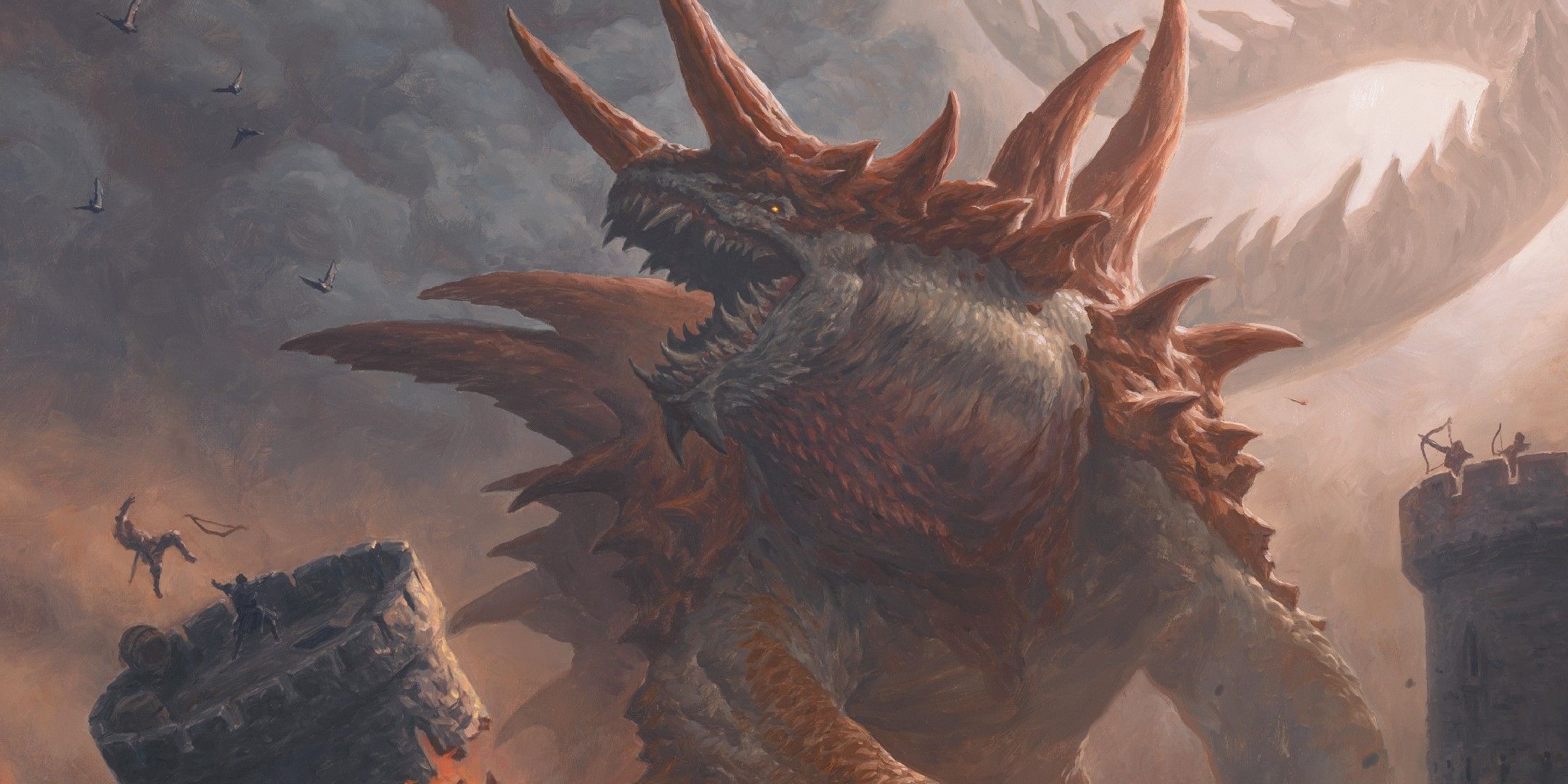
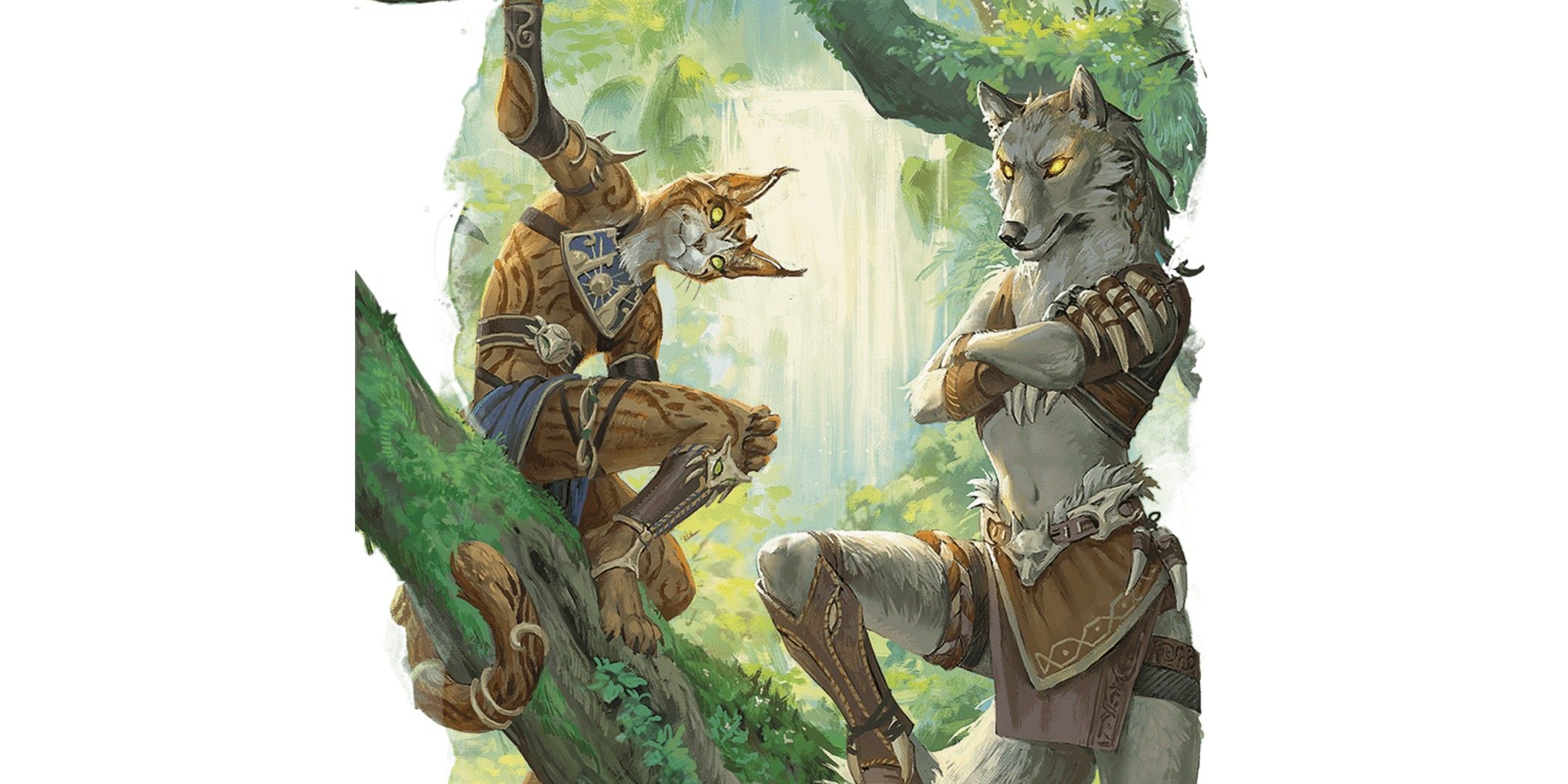








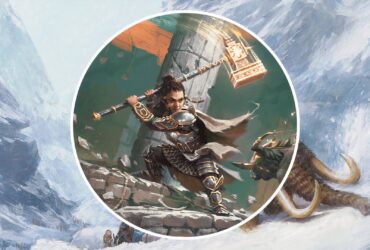
Leave a Reply